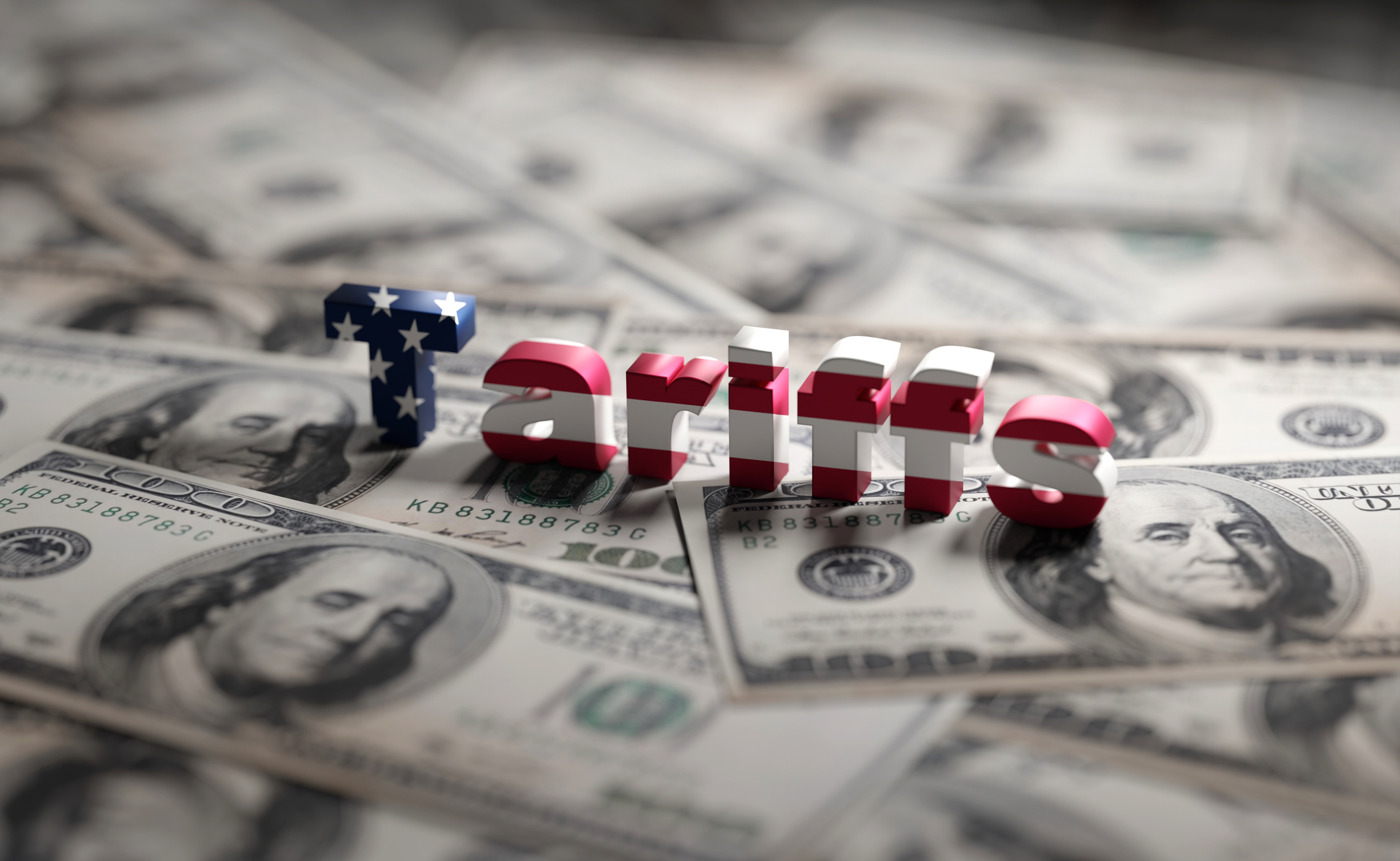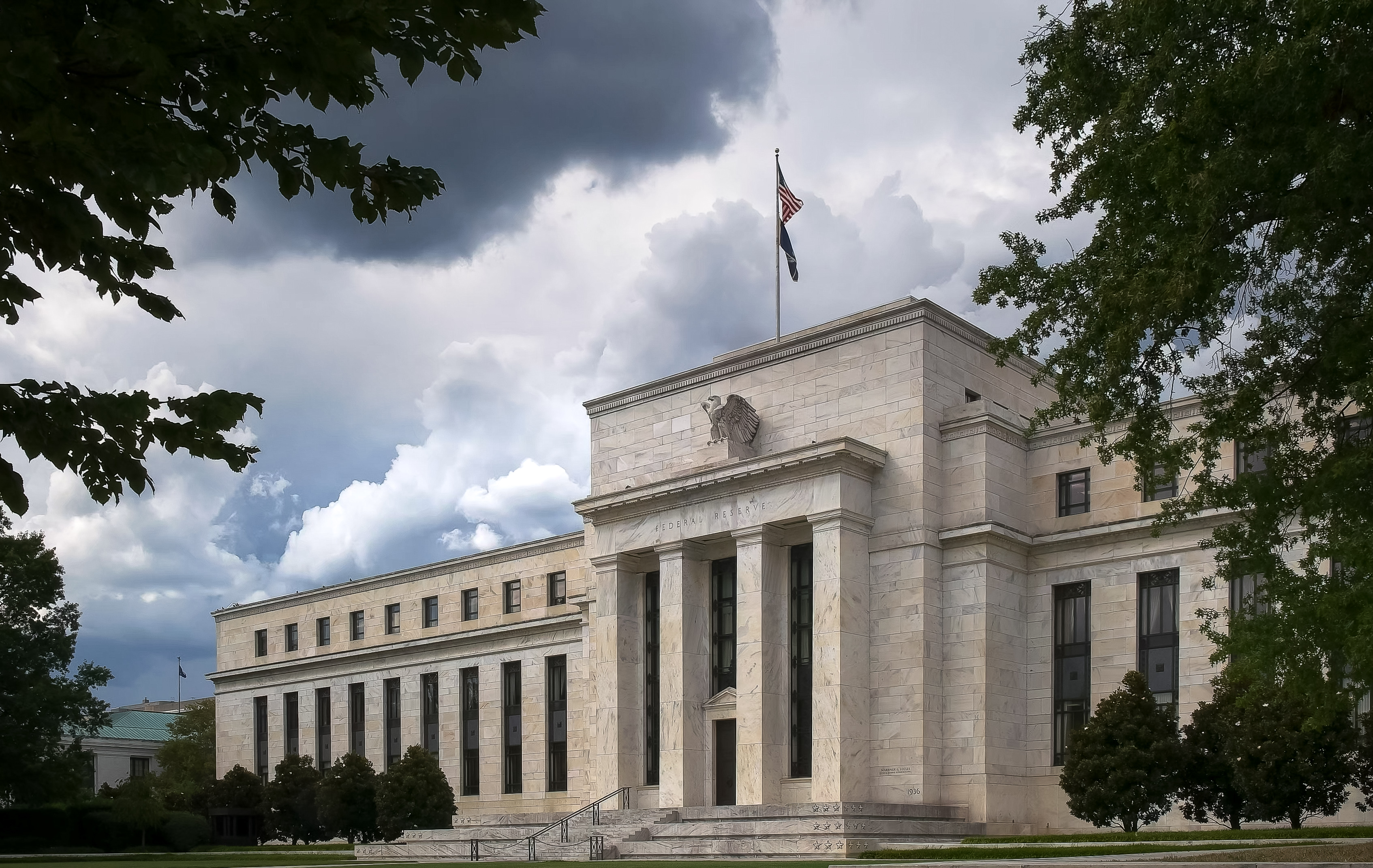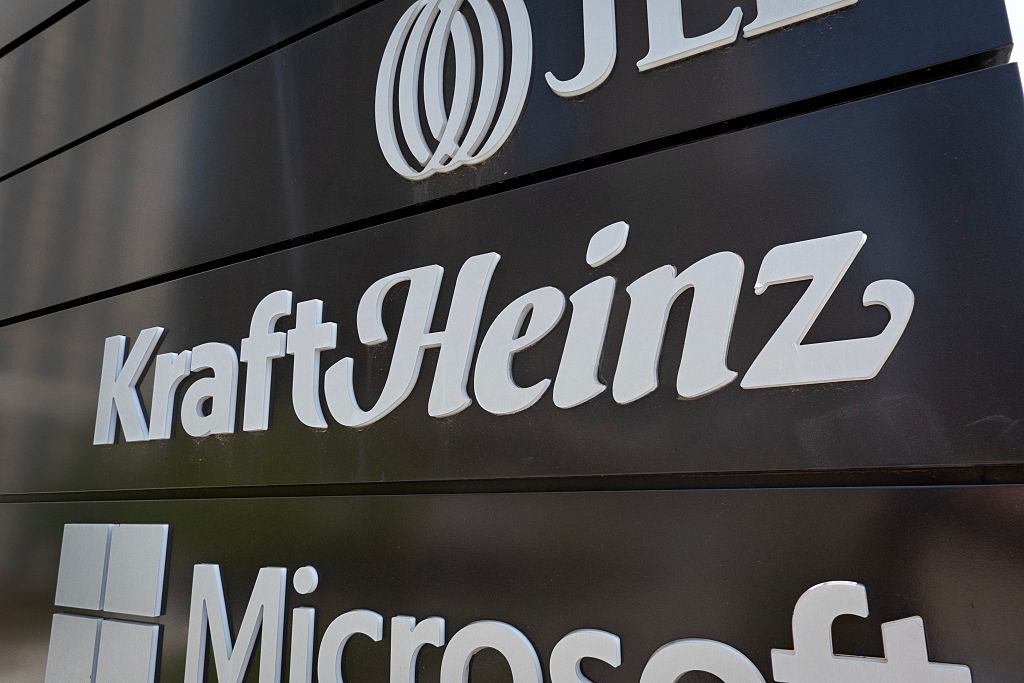Remember the Little Guys
Small-company stocks will bounce back more.
When the economy lags, small-company stocks do, too. Small companies are less likely than their bigger brethren to withstand declining sales. Their businesses are likely to be less diversified, and their balance sheets are usually weaker, too. Plus, investors assume that famous or gigantic companies are safer.
It thus stands to reason that when the market turns -- well ahead of the economy, don't forget -- small-company stocks will snap back more forcefully. Bentley Offutt, an independent stock analyst in Baltimore, says small companies typically have far fewer shares outstanding, and that leads to exaggerated price swings, both up and down.
With thousands to choose from, though, it's tough to point your finger at particular small-company stocks. Two mutual funds to consider are Vanguard Small-Cap Growth Index (symbol VISGX) and Wasatch Small Cap Growth (WAAEX). They complement one another, with little portfolio overlap and holdings in almost every kind of industry.
From just $107.88 $24.99 for Kiplinger Personal Finance
Become a smarter, better informed investor. Subscribe from just $107.88 $24.99, plus get up to 4 Special Issues

Sign up for Kiplinger’s Free Newsletters
Profit and prosper with the best of expert advice on investing, taxes, retirement, personal finance and more - straight to your e-mail.
Profit and prosper with the best of expert advice - straight to your e-mail.
The Vanguard offering tracks the MSCI Small-Cap Growth Index of more than 900 stocks, including a slug of consumer, energy and technology stocks but few financials. The fund, with annual fees of 0.22%, returned an annualized 14.5% over the past five years to June 9.
Jeff Cardon has run the Wasatch fund well since 1986. He looks for companies that he thinks can generate earnings growth of 15% annually for at least five years, then patiently holds on to them. The fund, which reopened to new investors in March after being closed for seven years, returned 8% annualized over the past five years and 11% over the past ten. Its annual expense ratio is 1.19%, reasonable for this kind of fund.
Profit and prosper with the best of Kiplinger's advice on investing, taxes, retirement, personal finance and much more. Delivered daily. Enter your email in the box and click Sign Me Up.
-
 Being an Executor is a Thankless Job: Do It Well Anyway
Being an Executor is a Thankless Job: Do It Well AnywayYou can be a "good" executor of an estate, even though carrying out someone's final wishes can be challenging.
-
 Question: Are You Planning for a 20- or 30-Year Retirement?
Question: Are You Planning for a 20- or 30-Year Retirement?You probably should be planning for a much longer retirement than you are. To avoid running out of retirement savings, you really need to make a plan.
-
 How to Steer Clear of the Medicare Tax Torpedo
How to Steer Clear of the Medicare Tax TorpedoBetter beware, because if you go even $1 over an important income threshold, your Medicare premiums could rise exponentially due to IRMAA surcharges.
-
 What the Rich Know About Investing That You Don't
What the Rich Know About Investing That You Don'tPeople like Warren Buffett become people like Warren Buffett by following basic rules and being disciplined. Here's how to accumulate real wealth.
-
 How to Invest for Rising Data Integrity Risk
How to Invest for Rising Data Integrity RiskAmid a broad assault on venerable institutions, President Trump has targeted agencies responsible for data critical to markets. How should investors respond?
-
 What Tariffs Mean for Your Sector Exposure
What Tariffs Mean for Your Sector ExposureNew, higher and changing tariffs will ripple through the economy and into share prices for many quarters to come.
-
 How to Invest for Fall Rate Cuts by the Fed
How to Invest for Fall Rate Cuts by the FedThe probability the Fed cuts interest rates by 25 basis points in October is now greater than 90%.
-
 Are Buffett and Berkshire About to Bail on Kraft Heinz Stock?
Are Buffett and Berkshire About to Bail on Kraft Heinz Stock?Warren Buffett and Berkshire Hathaway own a lot of Kraft Heinz stock, so what happens when they decide to sell KHC?
-
 How the Stock Market Performed in the First 6 Months of Trump's Second Term
How the Stock Market Performed in the First 6 Months of Trump's Second TermSix months after President Donald Trump's inauguration, take a look at how the stock market has performed.
-
 Fed Leaves Rates Unchanged: What the Experts Are Saying
Fed Leaves Rates Unchanged: What the Experts Are SayingFederal Reserve As widely expected, the Federal Open Market Committee took a 'wait-and-see' approach toward borrowing costs.
-
 Fed Sees Fewer Rate Cuts in 2025: What the Experts Are Saying
Fed Sees Fewer Rate Cuts in 2025: What the Experts Are SayingFederal Reserve The Federal Reserve cut interest rates as expected, but the future path of borrowing costs became more opaque.